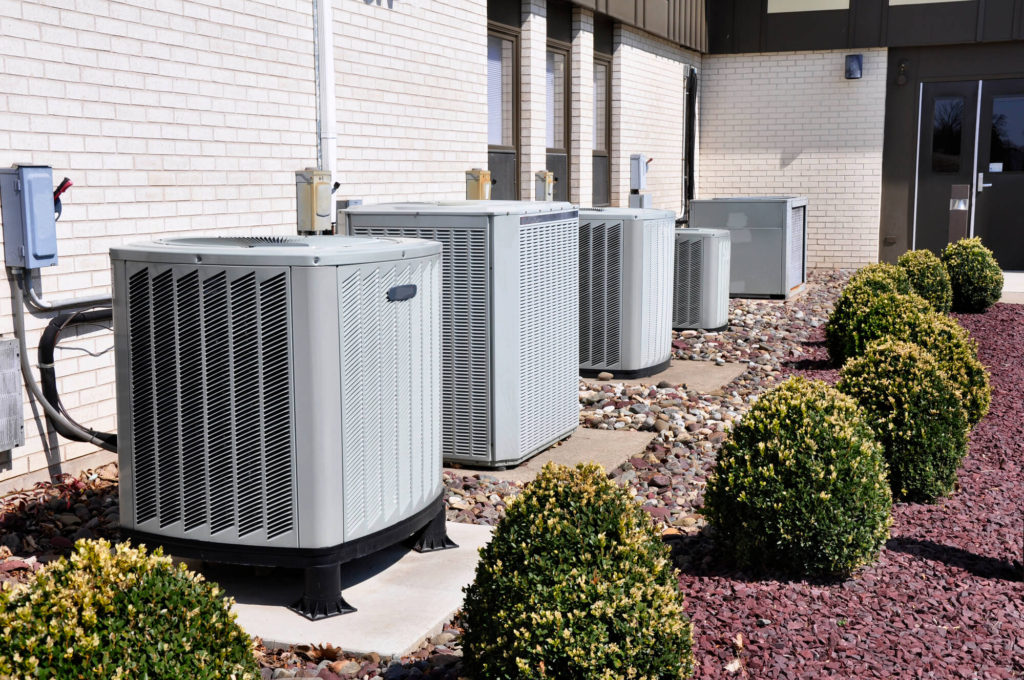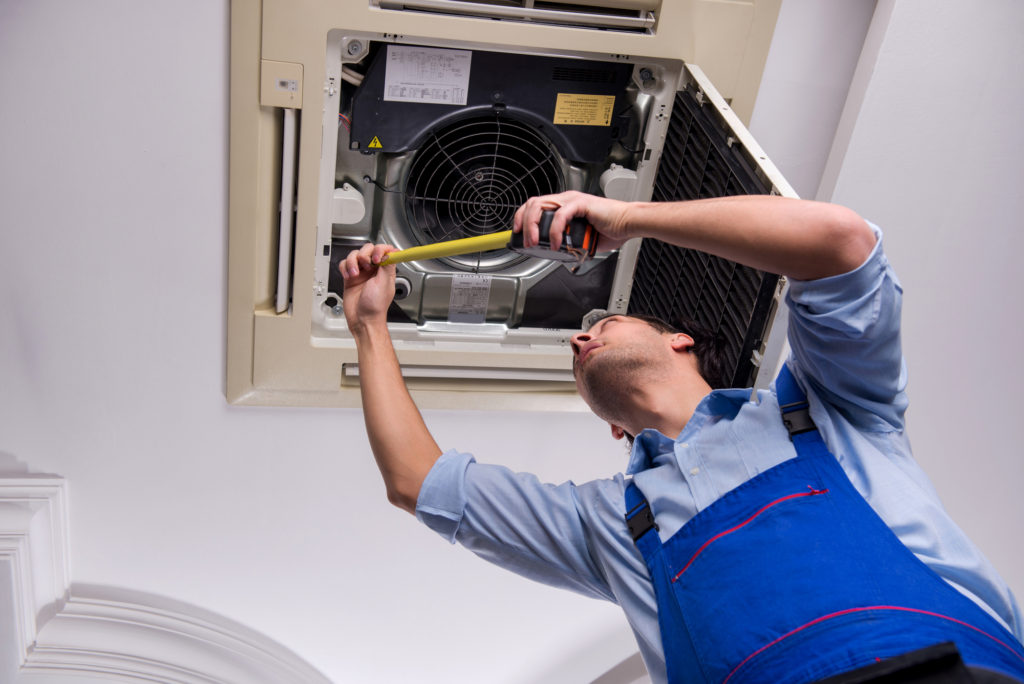HVAC Installation Tips for New Homeowners: What You Need to Know
Building a comfortable space is one of the many goals every new homeowner sets out to achieve. The HVAC system of your home is essential in helping you maintain that comfort level during all times of the year. When it comes time to choose and install an HVAC system for your new home, there are a few important tips to keep in mind.
For instance, installing an HVAC system requires careful planning and knowledge of the different systems available. Due to the complexity involved in the HVAC installation process, it is highly recommended that you hire a professional HVAC company for the actual installation of your system.
With this guide, you’ll learn the basics of HVAC installation, as well as some tips and tricks to make sure your AC installation is done correctly. Also, if you already hired a technician to install the system, we created this other post about 3 essential questions to ask your HVAC technician. It will help you understand what they’re doing and why.

1. Understand the Basics of HVAC Systems
The first step in HVAC installation is understanding the basics of different systems and how they work. Familiarize yourself with the following components of an HVAC system:
- Furnace – The furnace is responsible for heating air and distributing it throughout your home.
- Air conditioner – This is the unit that cools air and removes moisture from the home.
- Refrigerant lines – These lines transport liquid refrigerant throughout the system.
- Evaporator coil – This component is located in the air handler and absorbs heat from the air, which cools it before it’s blown through your home.
- Air handler/blower – The blower is responsible for circulating conditioned air throughout your home.
Apart from the essential elements of an HVAC, homeowners should be well informed on the various kinds of HVAC systems available.
Different types of HVAC systems are used based on the size and shape of the space at home. It is important to know the basics of HVAC systems before making a choice, as each type has its own installation requirements.
Some of the most common HVAC systems types include:
- Split Systems – These systems consist of an outdoor unit, which houses the compressor, condenser, and evaporator coil. An indoor air handler is used to circulate air through ducts and vents throughout the home.
- Packaged Systems – These systems are all-in-one units that house both the A/C and furnace components. They are best suited for small spaces with limited ductwork.
- Heat Pumps – Heat pumps are used to both heat and cool air. They do not require additional components like furnaces or air conditioners, but they may require extra ductwork for installation.
- Mini Split – These systems are similar to split systems and require an outdoor unit, but the indoor component is installed in single rooms.
2. Choose the Right System for Your Home
Once you understand the basics of HVAC systems, it’s time to choose the right system for your home. Consider factors such as size, layout, and climate when selecting your system. For example, a large house in a colder climate might require a more powerful system than one with a smaller space in a warmer climate.

3. Hire a Professional for your HVAC Installation
It’s important to hire a trained, certified technician for your HVAC installation. A professional can help you select the best system for your home, as well as ensure that it is installed correctly and safely.
Get a free estimate for your HVAC installation needs
Get an Estimate!The best way to find a qualified, professional technician is to look for online reviews. For example, let’s say you live in Rockville, MD. If you are looking for a local HVAC contractor then your google search should look something like “HVAC installation Rockville, MD” or HVAC companies in Rockville, MD”. By doing so, you can read reviews and ratings to help you select the right contractor for your installation.
4. Maintenance and Inspections
Yes, this is not precisely an HVAC installation tip. However, proper maintenance is an important part of owning an HVAC system that every new homeowner should know. Regular inspections and tune-ups can help keep your system running smoothly and efficiently for years to come. This can help you avoid costly repairs, and keep your system running smoothly.
Your technician should provide you with a list of recommended maintenance or repair tasks, but the most important ones are:
- Cleaning or replacing air filters regularly
- Inspecting and testing the system’s refrigerant levels
- Checking all electrical connections
- Cleaning condenser coils and evaporator coils
- Test safety controls.
- Lubricating moving parts to ensure proper operation.
By following these tips and hiring a professional, you’ll be on your way to successfully having your HVAC installed in your home. Remember to take your time, do your research and always hire a certified technician for installation.
